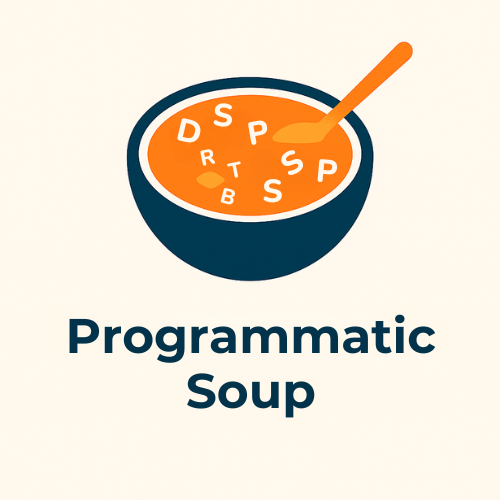As a programmatic trader/specialist, you will be managing multiple campaigns with varying KPIs. When the volume of campaigns gets larger, it is gets more challenging to monitor the campaigns and ensure that all of your campaigns are pacing well, in terms of flight and performance. To make things even more difficult than it already is, some clients have multiple KPIs to meet, and as a programmatic trader, you are answerable and accountable for the results promised to the clients. We will share what goes into a great campaign tracker.
One of the main problems we face as a trader is not really the lack of expertise, but rather the lack of time. Although programmatic is an “automatic method of purchasing online media”, there are still manual nuances to the practice. Therefore, a programmatic trader’s best friend, a tool which he or she would spend most of the time in would be the campaign tracker.
If you are already a trader, you probably would already have a campaign tracker of some sort. If you are looking to improve your tracker, you may refer a couple of tips and tricks on what a tracker should constitute.
A tracker should be 100% automated.
A trader should spend no less than 5 minutes to update the tracker. Ideally, it should 100% be automated and there should not be any time spent updating it. However, not everyone has access to such tools and is familiar with building these tools. If you are manually updating every single metric per campaign everyday, there is a lot of room for automation and improvement to your tracker.
A tracker must measure fundamental campaign metrics.
The moment you open your tracker, you should be able to immediately tell if
- a campaign is performing
- a campaign is pacing
These are two main components which needs to go in to your tracker. Of course, there are many other components you can add to jazz up your tracker, but if a tracker does not have these metrics, there is no point in owning one.
Some of the fundamental metrics include but not necessarily limited to:
- Advertising spends (aka Revenue on some platforms)
- Impressions
- Primary KPI (Conversions, Clicks, Video Views and etc.)
- Secondary KPI (Impressions, Clicks, Viewability and etc.)
Primary KPI and Secondary KPI would vary depending on what you and the client has agreed on.
A tracker should include an optimisation log.
Besides monitoring the campaign, a huge part of a trader’s role is to improve performance. Depending on the platform you are using, some do not offer a “change history” or “action log” feature. If the platform you use does have this feature, you may entirely rely on this feature to note what changes you’ve made.
However, if you don’t, or you do not find the feature meaningful or useful, you should aim to record your optimisations for the following reasons:
- End of campaign reporting purposes
- More rounds of optimisations (you need to know what you have already done)
- Testing and experimentation
In order to keep improving the campaign performance, it is imperative to know what you have already done, so that you can look out for other parameters to improve on.
If you’re managing large volume of campaigns at a time, no matter how good your memory is, it is almost impossible to remember every action you made on each campaign. It could be even be as insignificant as reducing a bid by $0.50.
Using this framework may help you identify what areas to focus on while building a tracker. The upkeep of the tracker should not hinder your daily work in analysing, optimising and monitoring campaigns. It should help you to better make these activities quicker and better.
Feel free to drop me a note if you wish you add any pointers too!
Attribution
Photo by Stephen Dawson on Unsplash
